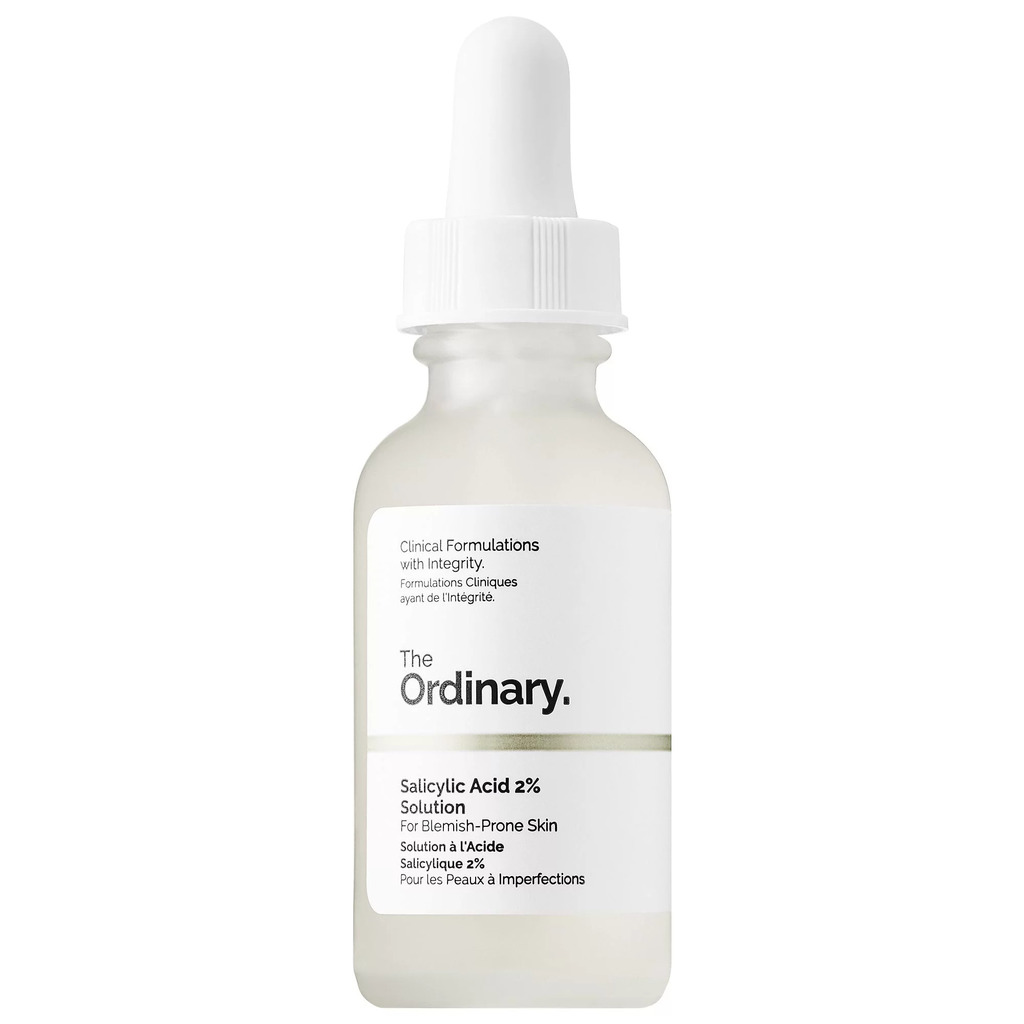Salicylic acid is a popular skincare ingredient that has been used for many years to treat various skin conditions. It is a type of beta-hydroxy acid (BHA) that can help exfoliate the skin, unclog pores, and reduce inflammation. Salicylic acid is commonly found in many over-the-counter skincare products, including cleansers, toners, serums, and spot treatments. In this article, we will discuss everything you need to know about salicylic acid, including its benefits, how to use it, and potential side effects.

What is Salicylic Acid?
Salicylic acid is a type of beta-hydroxy acid that is derived from salicin, a natural compound found in willow bark. It is a keratolytic agent, which means that it can dissolve the glue that holds dead skin cells together. This property makes it an effective exfoliating agent that can help unclog pores, reduce oiliness, and improve skin texture. Salicylic acid is also known for its anti-inflammatory and antibacterial properties, which makes it an excellent ingredient for treating acne and other inflammatory skin conditions.
Benefits of Salicylic Acid
- Exfoliates the Skin
One of the main benefits of salicylic acid is that it can help exfoliate the skin. It works by dissolving the bonds between dead skin cells, allowing them to be easily removed from the surface of the skin. This process can help unclog pores, reduce the appearance of fine lines and wrinkles, and improve overall skin texture.
- Reduces Acne
Salicylic acid is a popular ingredient in acne treatment products because of its ability to unclog pores and reduce inflammation. It works by dissolving the oil and debris that can clog pores, allowing them to breathe and heal. Additionally, salicylic acid has anti-inflammatory properties that can help reduce redness and swelling associated with acne breakouts.
- Improves Skin Texture
Regular use of salicylic acid can help improve skin texture by removing dead skin cells and promoting cell turnover. This can result in smoother, brighter, and more even-toned skin.
- Reduces the Appearance of Fine Lines and Wrinkles
Salicylic acid can also help reduce the appearance of fine lines and wrinkles by exfoliating the skin and promoting collagen production. Collagen is a protein that gives skin its structure and elasticity, and its production declines with age. By promoting collagen production, salicylic acid can help improve skin firmness and elasticity, reducing the appearance of fine lines and wrinkles.
How to Use Salicylic Acid
- Start Slowly
If you are new to salicylic acid, it is important to start slowly to avoid irritation. Begin by using a product with a low concentration of salicylic acid, such as a cleanser or toner. Once your skin has adjusted to the product, you can gradually increase the concentration or frequency of use.
- Choose the Right Product
Salicylic acid can be found in many different skincare products, including cleansers, toners, serums, and spot treatments. Choose a product that is appropriate for your skin type and concerns. For example, if you have oily or acne-prone skin, a salicylic acid cleanser or toner may be a good option. If you have dry or sensitive skin, a salicylic acid serum may be better suited for your needs.
- Use Sun Protection
Salicylic acid can increase sun sensitivity, so it is important to use sunscreen or other sun protection when using products containing this ingredient. Additionally, avoid using salicylic acid products if you are planning to spend extended periods of time in the sun.
- Use as Directed
Always follow the directions on the product label when using salicylic acid. Overuse or misuse of this ingredient can lead to skin irritation, dryness, and other side effects.
- Don’t Combine with Certain Ingredients
Salicylic acid should not be combined with certain other skincare ingredients, such as retinol or other exfoliants, as this can increase the risk of irritation and sensitivity. Always check with your dermatologist or skincare professional before combining different products.
Potential Side Effects of Salicylic Acid
While salicylic acid is generally considered safe for most people, it can cause side effects in some individuals. Common side effects of salicylic acid include skin irritation, dryness, and peeling. These side effects are usually mild and can be minimized by using the product as directed and avoiding overuse.
In rare cases, salicylic acid can cause more severe side effects, such as allergic reactions or chemical burns. If you experience any unusual symptoms, such as severe redness, swelling, or itching, stop using the product immediately and consult a dermatologist.
Who Should Use Salicylic Acid?
Salicylic acid is generally safe for most people to use, but there are certain groups who may be more susceptible to side effects. These include individuals with sensitive skin, those with a history of allergies, and women who are pregnant or breastfeeding.
If you are pregnant or breastfeeding, it is always best to check with your doctor before using any skincare products, including those containing salicylic acid.
Salicylic acid is a powerful skincare ingredient that can offer a range of benefits, from exfoliating the skin and improving texture to reducing acne and minimizing the appearance of fine lines and wrinkles. By following the tips and guidelines outlined in this article, you can safely and effectively incorporate salicylic acid into your skincare routine.
Remember to start slowly, choose the right product for your skin type and concerns, and use sun protection when using products containing this ingredient. And if you experience any unusual symptoms or side effects, consult a dermatologist for advice and treatment. With the right approach, salicylic acid can be a valuable addition to your skincare arsenal, helping you achieve healthy, glowing skin.
